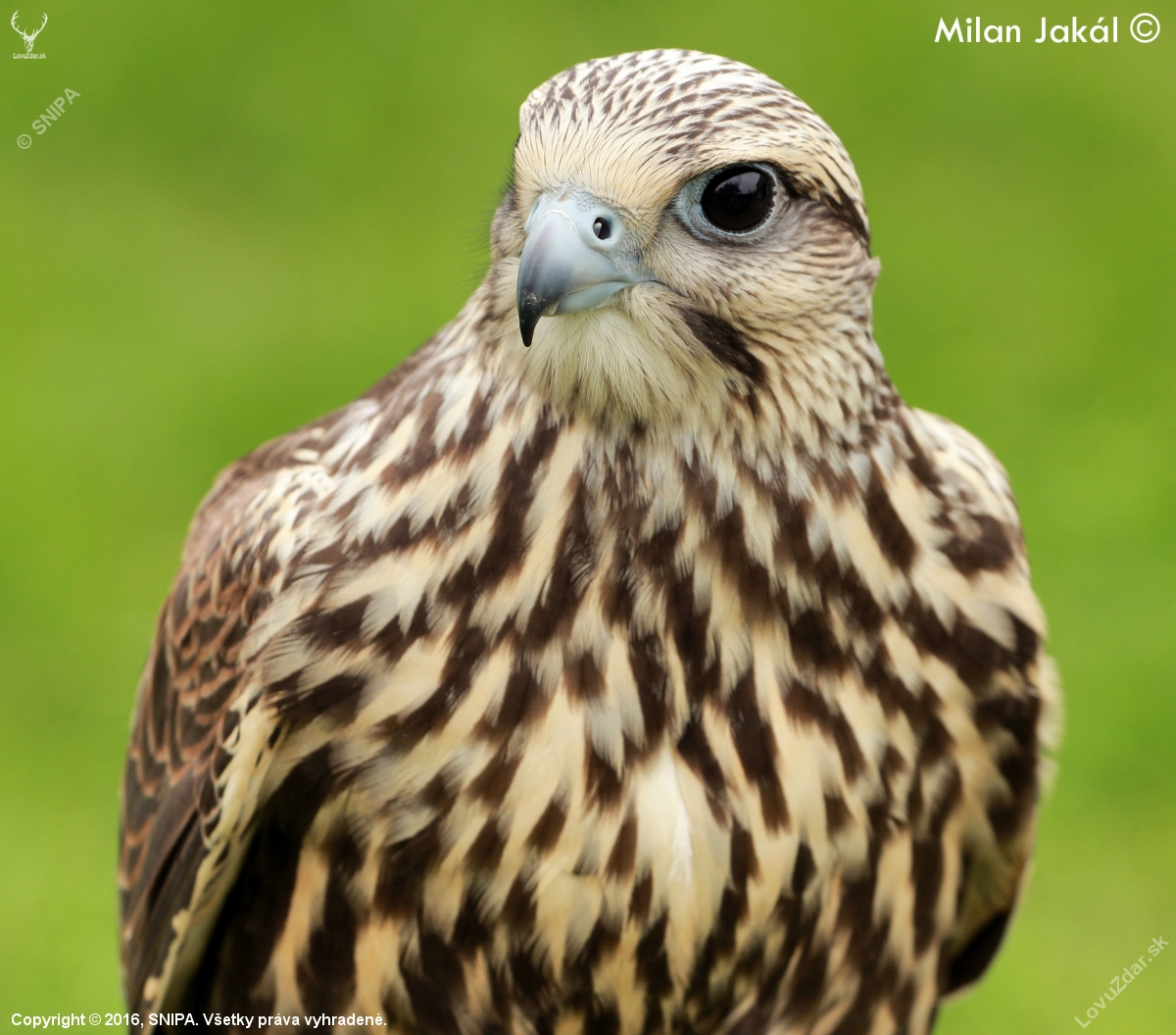The Saker Falcon: A Comprehensive Overview Of Falco Cherrug Progressus
Share
The Saker Falcon, scientifically known as Falco cherrug, is a remarkable bird of prey belonging to the family Falconidae. This article delves into the taxonomy, habitat, behavior, and conservation status of the subspecies Falco cherrug progressus, providing bird enthusiasts and researchers with a detailed understanding of this fascinating raptor.

Taxonomy
The Saker Falcon is classified under the following taxonomic hierarchy:
- Order: Falconiformes
- Family: Falconidae
- Suborder: Falcones
- Subfamily: Falconinae
- Subgenus: Hierofalco
- Species: Falco cherrug
- Subspecies: progressus
This subspecies was first described by Stegmann in 1925, with the type specimen collected between Urga and Kalgan in northern Mongolia.
Physical Characteristics
The Saker Falcon is a large falcon, characterized by its robust build and powerful flight. Adult birds typically exhibit a wingspan ranging from 120 to 140 cm. Their plumage is predominantly brown with lighter underparts, featuring dark streaks that provide excellent camouflage against their natural surroundings.

Habitat
Falco cherrug progressus primarily breeds in southeastern Transbaikalia and northern Mongolia. These birds prefer open landscapes, including steppes, grasslands, and agricultural fields, where they can easily spot prey. During winter, they migrate to regions such as the Alashan and eastern Nan-shan Mountains, seeking milder climates and abundant food sources.
Diet
The Saker Falcon is a formidable hunter, preying on a variety of small mammals and birds. Its diet mainly consists of rodents, such as voles and lemmings, as well as smaller birds. The Saker Falcon employs a hunting strategy that involves high-speed dives and agile maneuvers to capture its prey, showcasing its exceptional aerial skills.

Behavior
Saker Falcons are known for their strong territorial instincts, especially during the breeding season. They engage in elaborate courtship displays, which include aerial acrobatics and vocalizations. These birds are also highly social, often seen hunting in pairs or small groups. Their keen eyesight allows them to spot prey from great distances, making them effective hunters.
Reproduction
Breeding typically occurs in the spring, with females laying 3 to 5 eggs in a nest built on cliffs or in tree cavities. The incubation period lasts about 30 days, during which the female remains primarily responsible for the eggs. Once hatched, both parents participate in feeding the chicks, which fledge approximately 6 weeks after hatching.

Conservation Status
The Saker Falcon is currently classified as Near Threatened by the International Union for Conservation of Nature (IUCN). Habitat loss, hunting, and environmental changes pose significant threats to their populations. Conservation efforts are underway to protect their habitats and ensure sustainable populations.
Interesting Facts
- The Saker Falcon is known for its impressive speed, capable of reaching up to 200 km/h during dives.
- It is a popular bird among falconers due to its trainability and hunting prowess.
- Saker Falcons play a crucial role in controlling rodent populations, contributing to the balance of their ecosystems.
Birdwatching Tips
For birdwatchers interested in observing the Saker Falcon, the best locations are open grasslands and agricultural areas in southeastern Transbaikalia and northern Mongolia. Early morning or late afternoon are ideal times for spotting these magnificent birds in action. Binoculars and a good camera can enhance the experience, allowing enthusiasts to capture the beauty of this raptor in its natural habitat.

The Saker Falcon, with its striking appearance and impressive hunting skills, is a testament to the beauty and complexity of avian life. Understanding and protecting this species is essential for maintaining the ecological balance in its native habitats. As we continue to learn more about Falco cherrug progressus, we can appreciate the vital role it plays in our world.